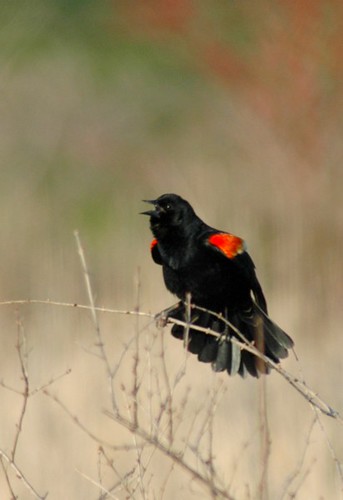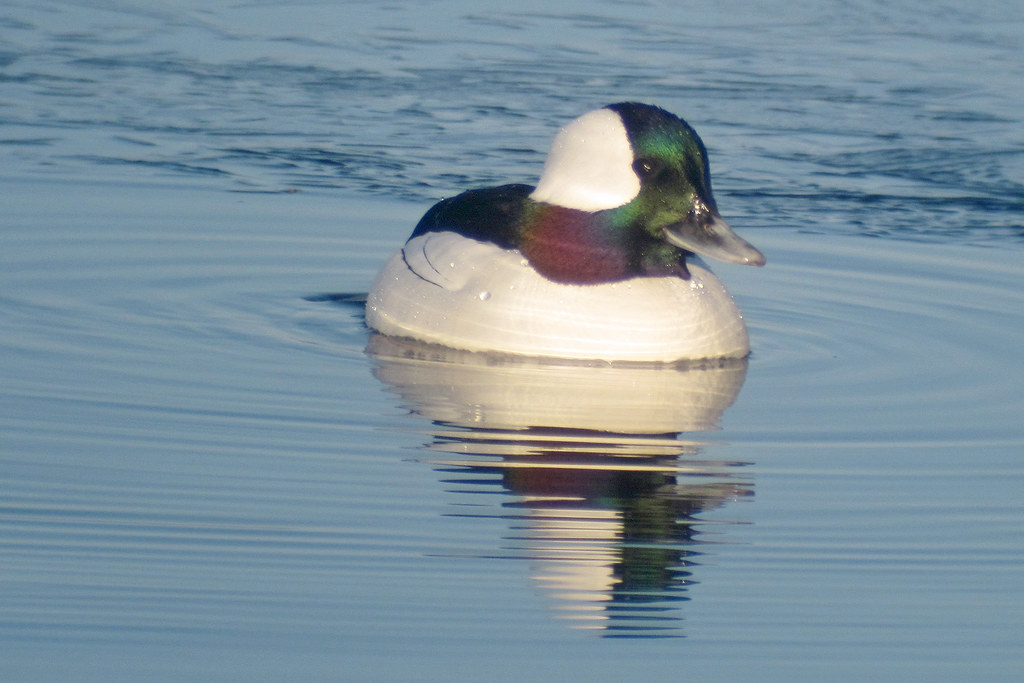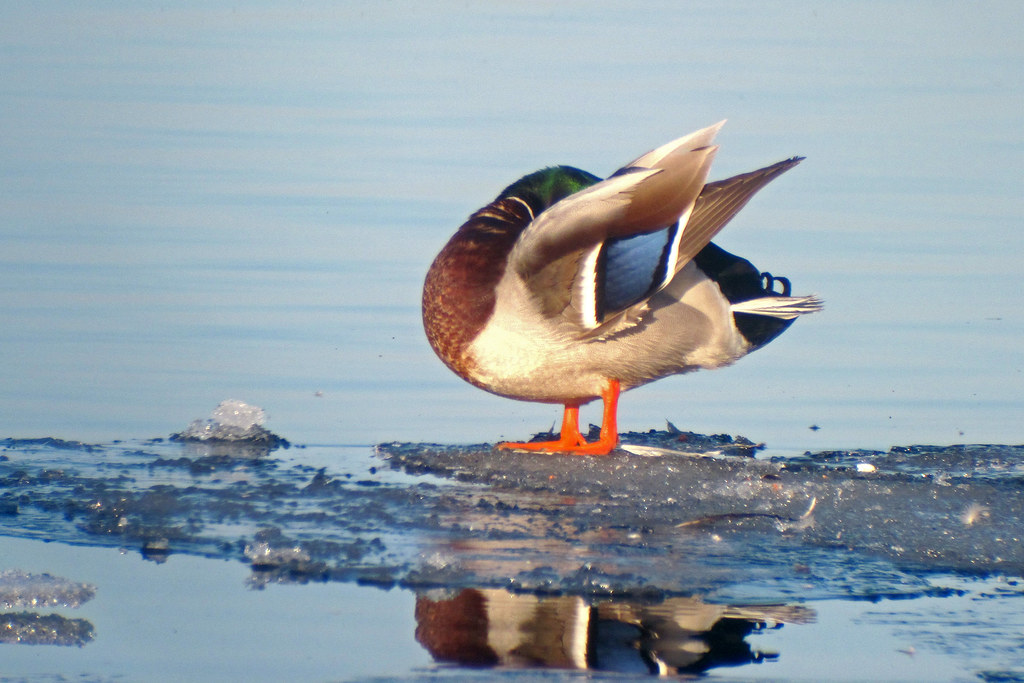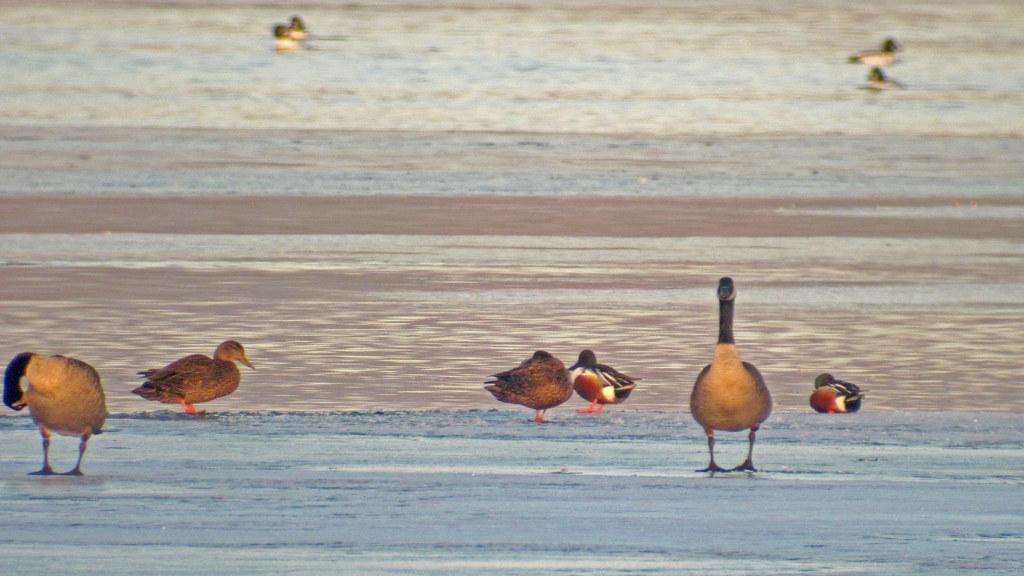 |
| Maple syrup made over an open fire at Forest School. |
In my mind, spring mud is synonymous with sap buckets and sugaring season. When the back roads of Vermont begin to thaw, I'm always excited to see silver lidded buckets adorning many sugar maple trees. This year's winter seemed interminable with buckets waiting weeks in some cases for the first drop to land. But at last, the season shifted and Forest School experienced the sweetness. Over a span of two weeks, we embarked on an outdoor sugaring adventure, serenaded by many newly arrived songbirds.
The story of sugaring at Forest School began on a soggy Friday with a myth. Students listened to a native myth about the origin of maple syrup and then headed out to Deer Camp to get to know a sugar maple tree and learn how to identify it.
 |
| Once we found a healthy, appropriately sized sugar maple, a bit and brace were used to drill a hole. |
 |
| Students took turns dripping the hole. |
After the hole was drilled, we talked about other creatures that tap maples trees such as red squirrels and Yellow Bellied Sapsuckers. People aren't the only ones who like to drink the sweet sap! (Sapsuckers eat bugs that are attracted to the sap.) Next it was time to put the tap in and hang the bucket. The highlight of the morning was hearing the first drops of sap hit the bottom of the bucket. The group delighted in tasting the sap with their fingers; a fabulous sensory experience. We happily thanked the tree for sharing its sap!
After lunch, we ducked out of the rain and looked up sugar maple trees in field guides. With field guide in hand, each student looked at and drew the shape of a sugar maple leaf in their journals.
 |
| The joy of checking on the sap bucket. |
The following week, the sun was shining brightly, the air temperature was remarkably warm, and Red-winged Blackbirds and Song Sparrows were joyously singing. It was a perfect day to boil sap. Before the boiling began, the group delighted in drinking sap that had collected in the bucket the day before. We marveled at how water-like the sap looked. Then we poured gathered sap into a pot suspended from a tripod and moved the tripod over the fire to begin the boiling process.
 |
| Morning meeting around around the fire while while sap boils. Pot is suspended from a tripod made by the after-school group, Trekkers, the previous week. Thank you Trekkers for letting us use it! |
 |
| Singing around the campfire as sap boils. |
 |
| Sugar on snow! |
Around the fire we watched steam rise out of the pot. This was a perfect time to talk about the process of evaporation. After boiling about a half gallon of sap for two hours, just the right amount of water evaporated and maple syrup was made! Snow was gathered in small cups and syrup was promptly poured over. Yum! What a treat to taste the fruits of our labor.
The sugaring season in Vermont will soon be nearing an end. Forest School's sugar making story concluded on Friday when we visited our sugar maple tree and brought the process full circle by taking down our bucket and taking out our tap.
This sugaring story is one of many at Forest School that makes my heart sing. It weaves together a sensory tale of observation, immersion-based learning, connection, singing, community, play, and joy. I look forward to many more stories taking shape at Forest School as spring unfolds.



























.jpg)
.jpg)
.jpg)

.jpg)
.jpg)
.jpg)
.jpg)











